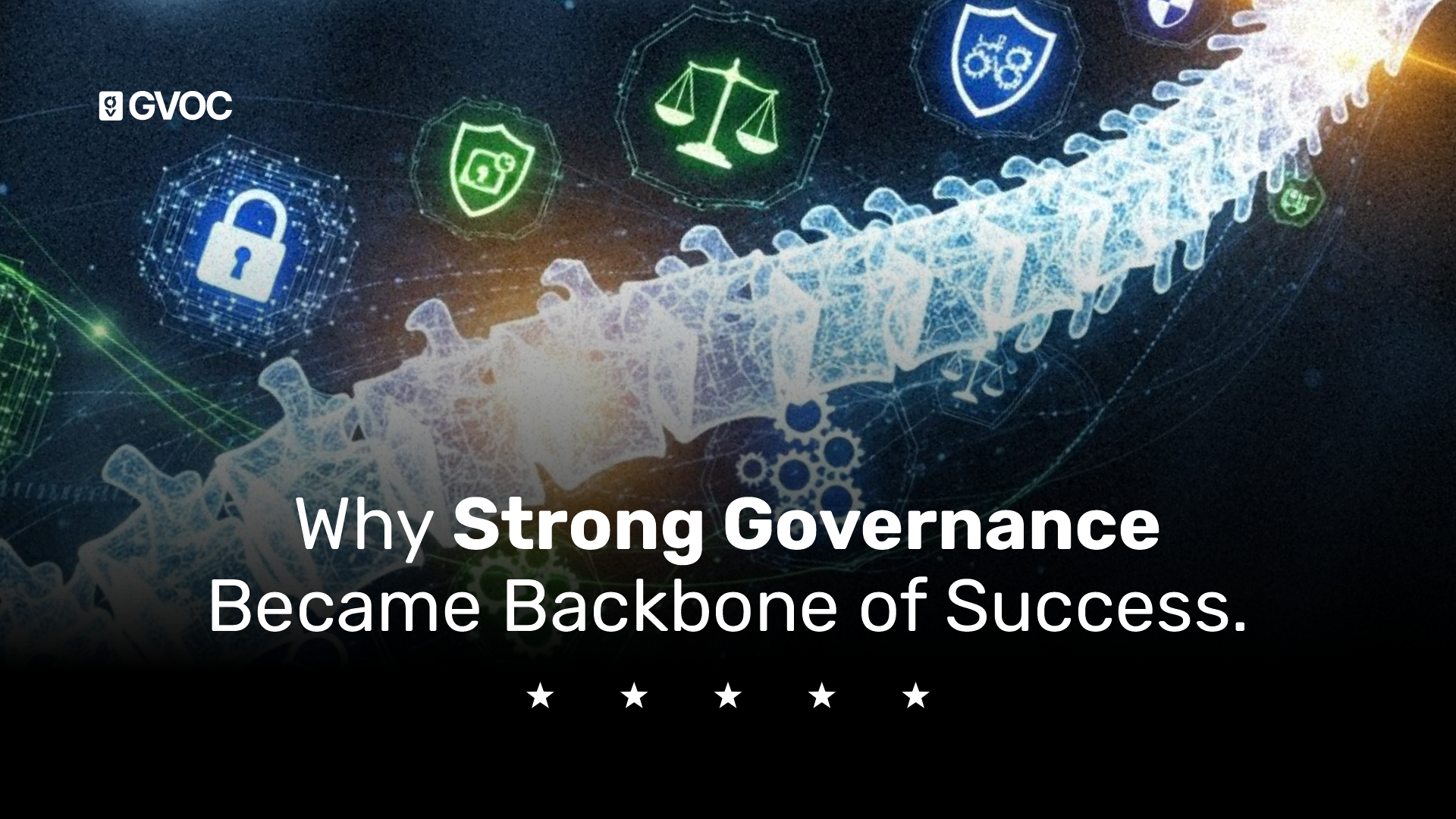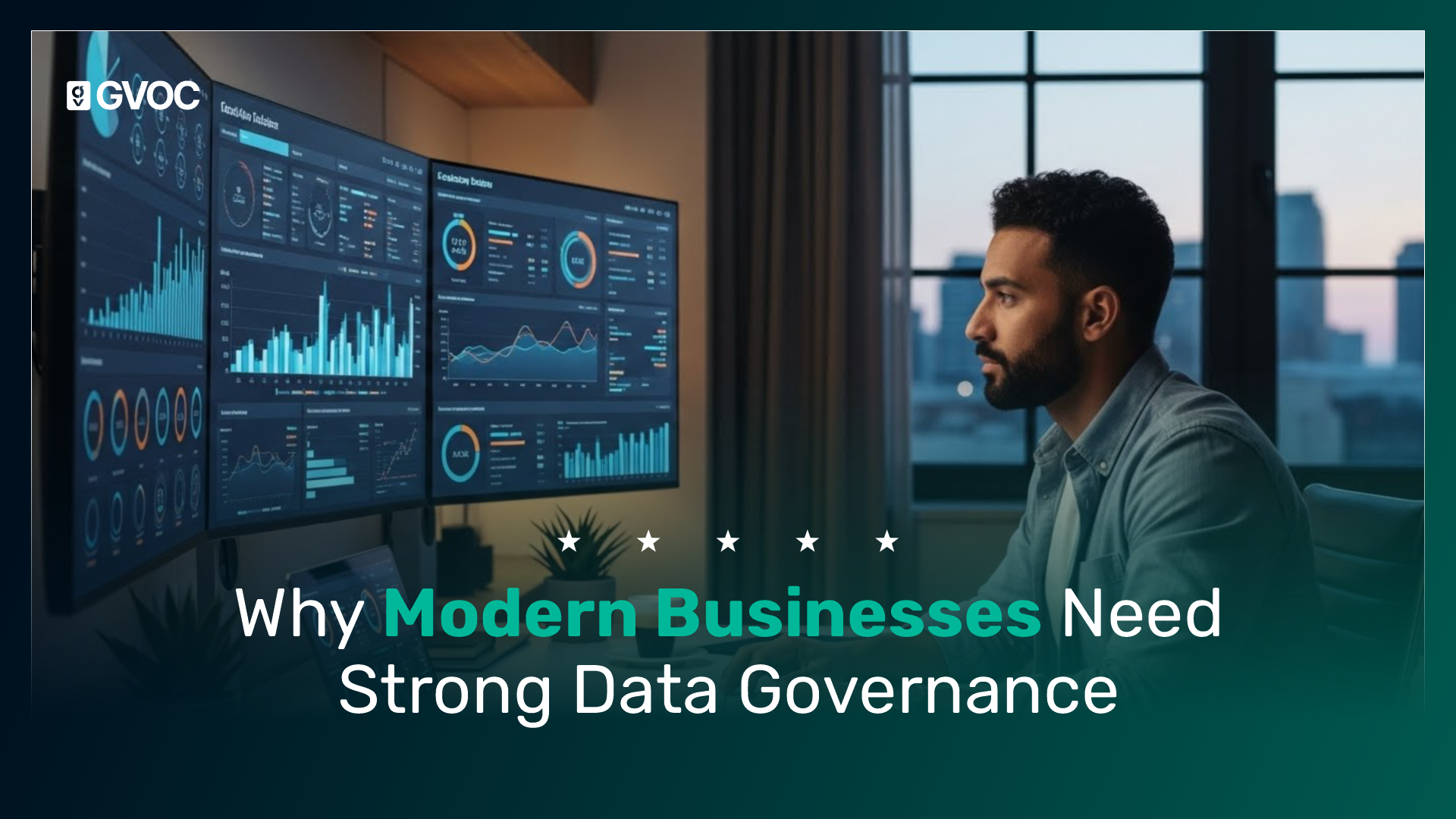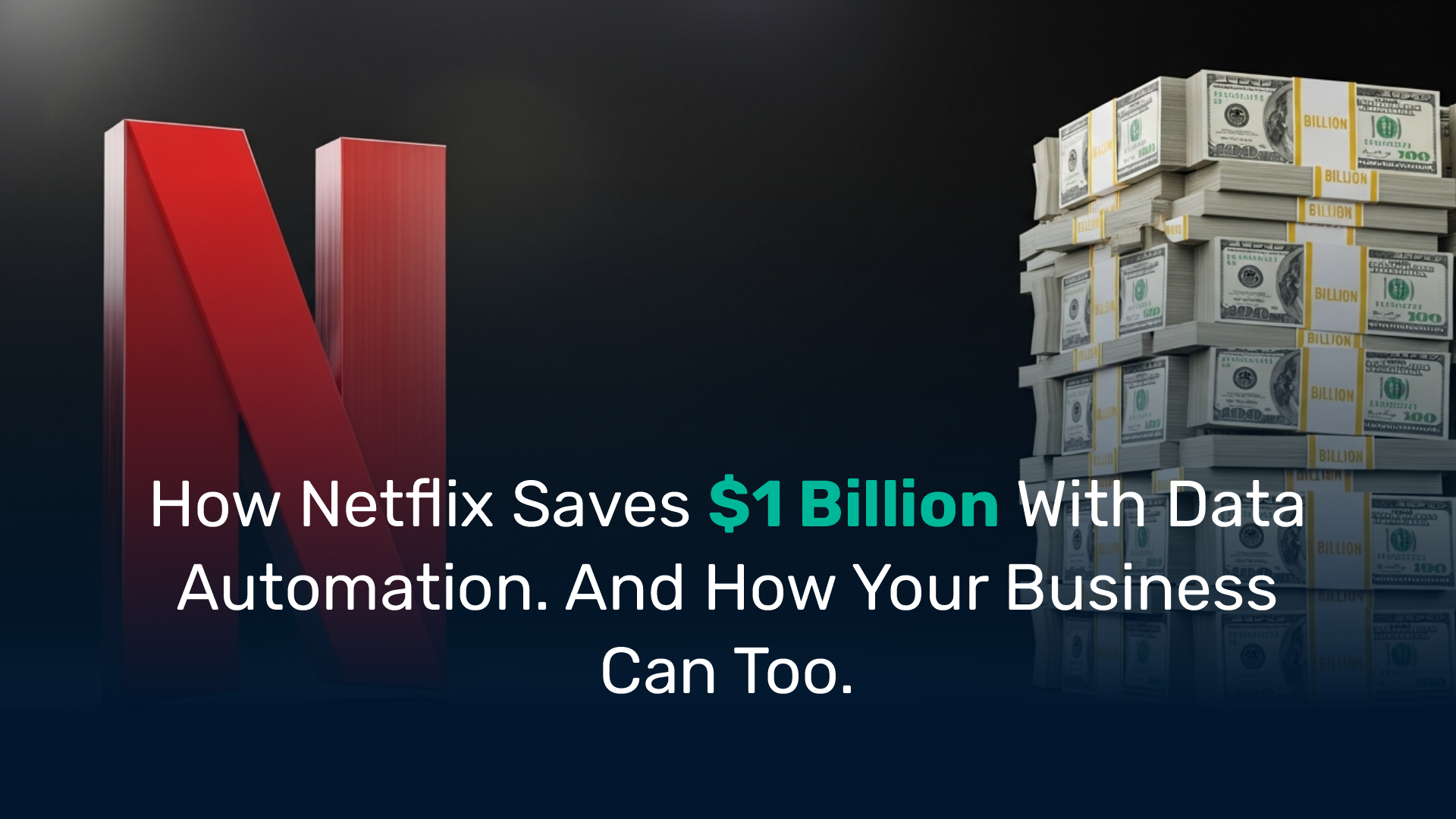
Business Intelligence
In today’s data-driven business world, you might hear terms like AI, BI, and CI thrown around in meetings and strategy sessions. It often feels like an alphabet soup of analytics – and it’s easy to get confused. Is AI going to replace our analysts? Do we need BI dashboards, or is that old news in the age of AI? And what on earth is CI? If you’re a business manager nodding along politely while quietly wondering about the difference between AI and BI, you’re not alone. In this analytics terminology guide, we’ll demystify these acronyms in plain English. We’ll explain Artificial Intelligence (AI), Business Intelligence (BI), and Customer Intelligence (CI), highlight the difference between AI and BI, and show with simple real-world examples (from sales, marketing, and operations) how each one works. By the end, you’ll have a clear grasp of this “alphabet soup” and how these tools can help turn raw data into strategic insights for your business.
Content
What is Artificial Intelligence (AI)?
Artificial Intelligence (AI) is essentially about computers doing things that normally require human intelligence. In other words, AI refers to computer systems that can learn, reason, and make decisions in ways that we typically associate with human thinking. This can include recognizing patterns, understanding language, solving problems, or even adapting based on experience. In simple terms, AI allows software to analyze data and act on it without constant human guidance.
To imagine AI in action, think of a customer service chatbot on a website. The chatbot uses AI to understand customer questions and provide helpful answers, even at 2 AM, without a human agent on the other end. Another example is an AI system in sales forecasting: it can study years of sales data and predict next quarter’s demand, helping managers stock the right products at the right time. Unlike traditional software that only follows predefined instructions, AI learns from data. For instance, an AI-powered marketing tool might analyze which email campaigns get the best response and then automatically adjust who gets what content, improving engagement over time. The key idea is that AI brings a level of autonomy and learning – it’s like having a smart assistant that can figure things out and make small decisions on its own.
What is Business Intelligence (BI)?
Business Intelligence (BI) is all about turning raw business data into useful information for humans to make better decisions. BI refers to the strategies, processes, and technologies that companies use to collect and analyze business information and transform it into actionable insights. In practice, BI often means aggregating data from across your organization (sales numbers, marketing metrics, operational stats, etc.) and presenting it in easy-to-understand formats like reports or dashboards. The classic image of BI is a dashboard full of charts and graphs that show how the business is performing in real time – for example, a sales dashboard that tells you which products are selling best this month and where.
Think of BI as your company’s analytics report card. If you’ve ever reviewed a monthly sales report or a chart of key performance indicators to decide your next move, you’ve used business intelligence. BI tools help break down complex data into digestible insights. For instance, a BI report might reveal that marketing leads from webinars turned into sales at twice the rate of leads from social media, telling you where to focus your marketing efforts. Or an operations BI dashboard might highlight a bottleneck in your production process by showing that one factory has higher costs or slower output than others. In short, BI shines a light on what’s happening in your business by presenting data in a meaningful way. It’s largely descriptive – summarizing what has happened or is happening – so that you, the decision-maker, can strategize what to do next.
CI Explained: What is Customer Intelligence?
Moving on to the third piece of the trio, Customer Intelligence (CI) is a specific type of insight focused on your customers. CI is the process of collecting and analyzing detailed customer data (from both internal sources like your CRM and external sources like social media) to gain insights about customer needs, preferences, and behaviors. In plain terms, Customer Intelligence means understanding your customers on a deeper level – who they are, what they want, and how they interact with your business – so you can serve them better. It’s like having a 360° customer view that goes beyond basic demographics or purchase history.
For example, imagine you running an e-commerce store. By using CI, you might discover that customers who buy baby products often also purchase coffee products (perhaps sleepless new parents!). This insight could come from analyzing purchasing data and customer profiles. With that knowledge, you could create a marketing campaign to bundle baby items with a special coffee offer for that segment – a strategy directly informed by customer intelligence. Or consider a SaaS software company analyzing its user data: CI analysis might reveal that executive-level users only log in for high-level reports, whereas frontline users use different features daily. Armed with this information, the company can tailor its communication and product training differently for each persona, improving overall customer satisfaction. In essence, CI takes the raw data you have about customers (their purchases, feedback, website clicks, support tickets, etc.) and turns it into a story about who your customers are and what they need. It’s a crucial part of making customer-centric decisions and crafting personalized experiences that drive loyalty.
AI vs. BI: What’s the Difference?
Now that we’ve defined AI and BI, you may be wondering how they differ – especially since the terms are sometimes used interchangeably. Simply put, AI and BI are different tools with different roles (though they often complement each other). Business Intelligence is about helping humans make informed decisions using data, whereas Artificial Intelligence can automate decision-making or find patterns on its own. One source neatly explains that AI involves developing computer systems to perform tasks that normally require human intelligence (like learning or problem-solving), while BI is a set of technologies and processes for analyzing data and providing actionable insights to inform business decisions.
Another way to look at it: BI is human-centric – it gives you dashboards, reports or alerts so you can decide what to do. AI is machine-centric – it can take action or make recommendations by itself based on data. For example, using BI, a retail manager might review a sales dashboard and decide to mark down prices on a poor-selling item. Using AI, an algorithm might automatically identify that poor-selling item and on its own suggest an optimal discount to clear inventory. BI usually deals with aggregating data at a higher level (think big-picture trends like quarterly sales, overall customer satisfaction scores, etc.), while AI can zoom into granular details and make micro-decisions in real time. In fact, BI enables humans to make more informed big-picture decisions, whereas AI can actually make many smaller-scale decisions or optimizations without human input. Rather than choosing one over the other, many businesses use BI and AI together: BI to understand the landscape and set strategy, and AI to automate and execute parts of that strategy quickly.
Turning Data into Insights: How BI and CI Help Businesses
Buzzwords aside, what matters most is how these tools can help your business. This is where companies like GVOC come in, with expertise in transforming raw data into strategic insight. GVOC’s strength lies especially in Business Intelligence and Customer Intelligence solutions, which help businesses turn their mountains of data into actionable strategies. From dynamic BI and CI reporting to advanced analytics, GVOC delivers solutions that drive real results and lasting success for your business. In practice, that means we help you set up the right data infrastructure, analytics dashboards, and customer insight tools so that you’re not just hoarding data – you’re actually using it.
With robust BI solutions, you can automatically see where your business is excelling or underperforming at a glance. For instance, GVOC can implement a custom BI dashboard that pulls together your sales, marketing, and operations data in one place, highlighting key trends (like which product lines are most profitable or which marketing campaigns are generating the best ROI). Meanwhile, our CI tools focus on customer data – helping you identify high-value customer segments, churn risks, or opportunities to personalize your marketing. For example, using GVOC’s customer intelligence analytics, a client might discover that a small group of customers is driving a large percentage of revenue and then strategize how to nurture more customers like them. By leveraging BI and CI, GVOC helps businesses move from raw data to clear, strategic insights. Instead of guesswork, you get evidence-based guidance: the why behind your sales figures, the story behind customer behavior, and the actionable “so what do we do next?” answers that drive growth.
Conclusion: From Confusion to Action
AI, BI, CI – they might have seemed like intimidating jargon at first, but now you know they’re three distinct but complementary tools in the modern business toolkit. Rather than getting lost in this alphabet soup of analytics terminology, you can leverage it to your advantage. Business Intelligence and Customer Intelligence help you understand your business and your customers, while Artificial Intelligence can take things a step further by automating analysis and even actions. The bottom line is that when used right, these technologies turn data from a confusing deluge into clarity and direction.
If you’re excited (or even just relieved) to finally understand the difference between AI and BI and how CI fits in, the next step is to put that knowledge into practice. And you don’t have to do it alone. At GVOC, we specialize in helping businesses like yours apply BI and CI to real-world challenges, from building insightful dashboards to crafting smarter customer strategies. Don’t let valuable data gather dust – let us help you turn it into growth. Reach out to GVOC today to discover how our BI and CI solutions can empower your decision-making and drive your business forward. We’re here to help you transform confusion into strategic action and make the most of the intelligence hiding in your data.
Author
Nafisat Jayeola
Lead Data Analyst
Author
posts
Insightful Reads
Case Studies & Strategies
Dive into our newsletter for a wealth of knowledge in digital marketing













.svg)




.svg)

.svg)





